|


When gold was at record highs in 2009, it was a heady time for “Gold Guys” Joe Beasy and Shane Maguire . Their Twin Cities-based business bought more than $300 million in gold from consumers, opened 18 stores in seven states and ran countless TV and radio ads.
By 2013, most of the stores across the country — many pop-ups — had lost their luster. The gold fever had broken.
Now with gold near an all-time high of $2,000 an ounce, some major local players are again seeing an increase in business and betting on consumers searching drawers and attics to cash in mismatched earrings, broken bracelets and wedding rings.
The Gold Guys and Pawn America will soon begin ad campaigns in various media markets for the first time in years. Gold Guys, which now has four stores in Minnesota and one in California, plans to start franchising its stores around the country in 2021.
“We’re at the cusp of major things for gold and silver,” said co-founder Beasy. “We shot some commercials two weeks ago, and you’ll see our smiling faces on TV by September.”
Not everyone shares his enthusiasm, partly because of the coronavirus pandemic.
“The typical precious metals seller is very much over 50 years old, and a lot of them are scared to go out,” said Dan Wixon , owner of Wixon Jewelers in Bloomington. “But people are definitely coming back if they can make an appointment, and you put them in a private room and you have masks and cleansers.”

“By 2010, gold had grown to four times its value from $400 to $1,200 in eight years. Now it’s near $2,000, but because the price rose fast in eight months, it hasn’t had the same effect,” he said. “It’s still a good price, but most people aren’t aware of it.”
In a year when Americans have been faced with more than one crisis between the pandemic and unemployment and racial unrest, people might have missed news such as precious metal prices.
“The more affluent individual has discovered gold and silver,” said Doug Rooney , owner of Independent Precious Metals in Spring Lake Park. “The average person is worried about paying for groceries, gas and housing.”
Still, Pawn America will start to run ads on TV and digital platforms within two weeks.
“Our gold purchases have increased by double digits in the last three months,” said Brad Rixmann , president and co-founder of Pawn America. “A gold chain that was worth 200 bucks 10 to 15 years ago is now worth $800.”
Sue Aschenbeck of Plymouth earlier this year started shopping around several gold and silver items inherited from family members. A buyer at a gold and silver traveling show told her that a silver tray was worth nothing, but she was elated when Enviro-Chem in Rogers recently paid her hundreds of dollars for it.
“They told me in February that I might want to wait for prices to go up and they were right,” she said.
The number of consumers selling rings and silver tea sets is still a fraction of what it was a decade ago, said Todd Meyer , president of Enviro-Chem, which recycles and recovers industrial waste in circuit boards and X-ray films as well.
“People don’t have much left,” he said. “The older generations sold what they had lying around, but if you still have gold that you bought in the ‘80s or ‘90s, you’re definitely making money on it now.”
Dan Domino, an owner of King’s Ransom Gold & Silver in St. Paul, said his gold-buying business is up about 25% in the past few months.
“It’s pretty fun to be in the coin and gold business now,” he said. “I’m seeing the biggest jumps in people bringing in gold bullion, American Eagle gold coins and silver. Lots of platters and flatware.”
During the last gold rush, consumer experts and the Better Business Bureau warned consumers about buyers paying under market rates and underestimating the weight or purity of the precious metal, especially at pop-up, unlicensed dealers.
The Better Business Bureau of Minnesota and North Dakota in the past year has received no complaints in the gold buyer category, with 400 inquiries. BBB trade practices manager Karen Thompson attributes that to the Minnesota Department of Commerce and some metro counties that began to require licenses for coins and precious metals dealers several years ago.
Despite the fact that many gold buyers are only seeing 10 to 50% of business now compared to 2012, many are expecting that to change.
“In turbulent times there’s always a flight to gold and silver,” said Rixmann of Pawn America.
John Ewoldt • 612-673-7633

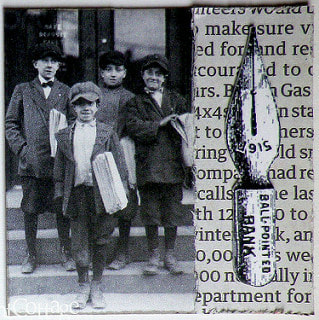
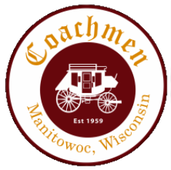

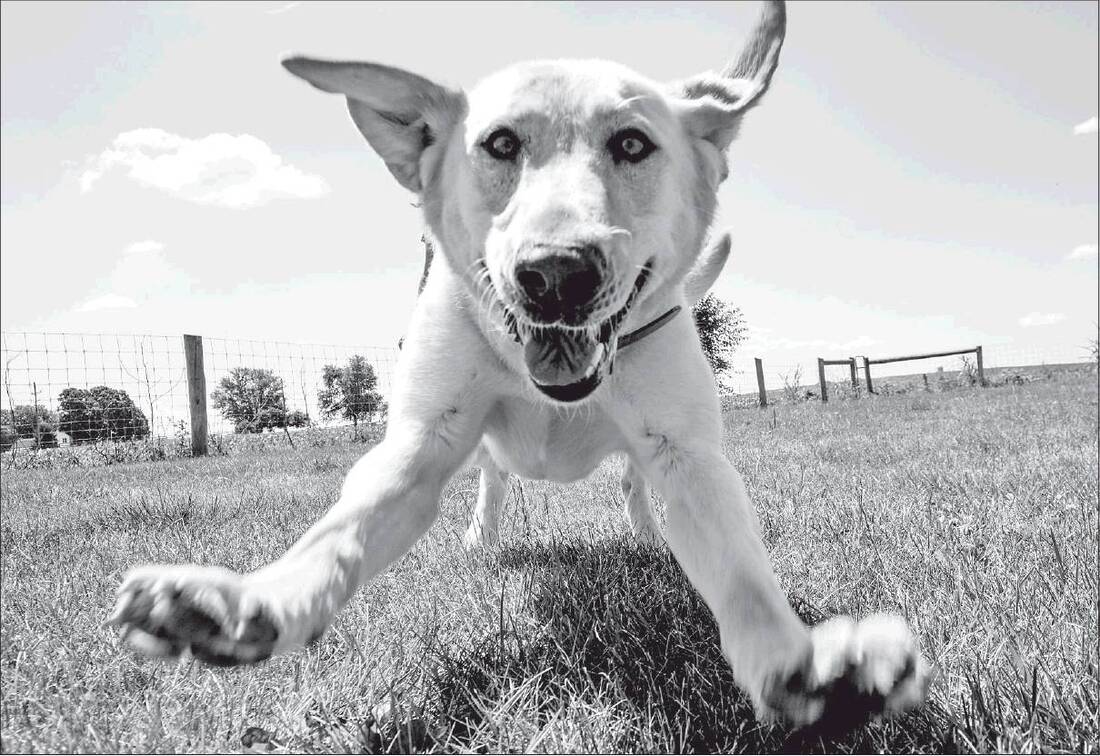




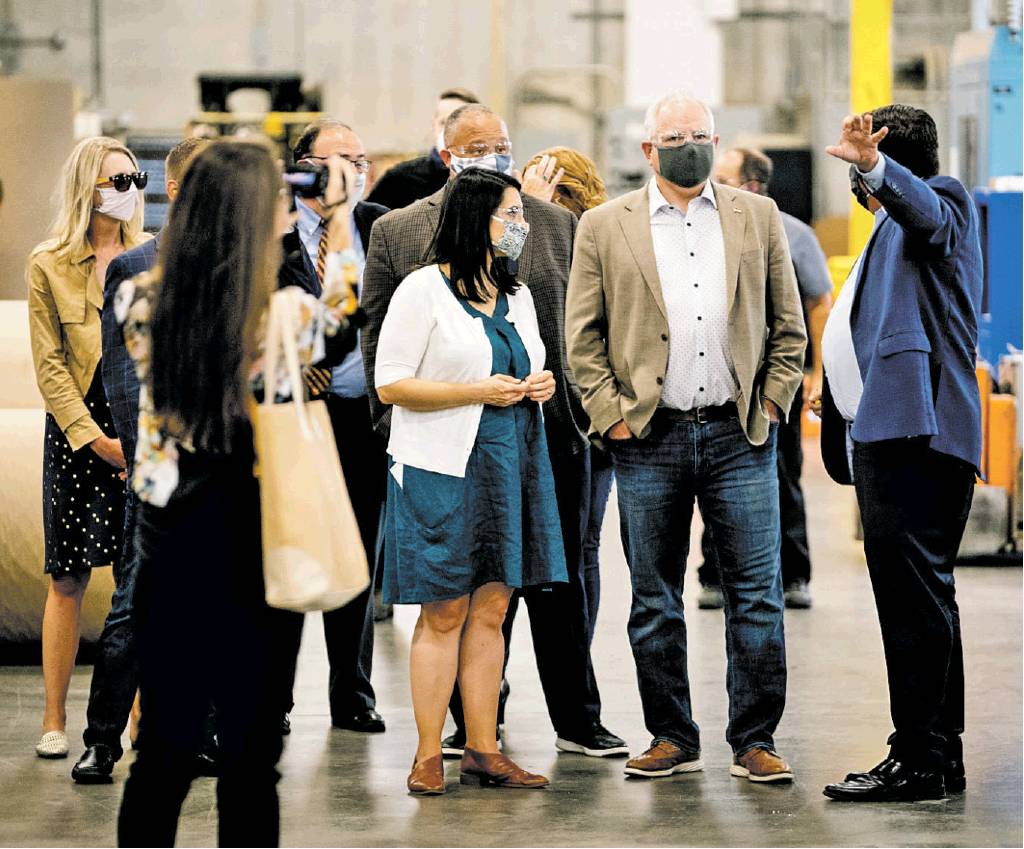
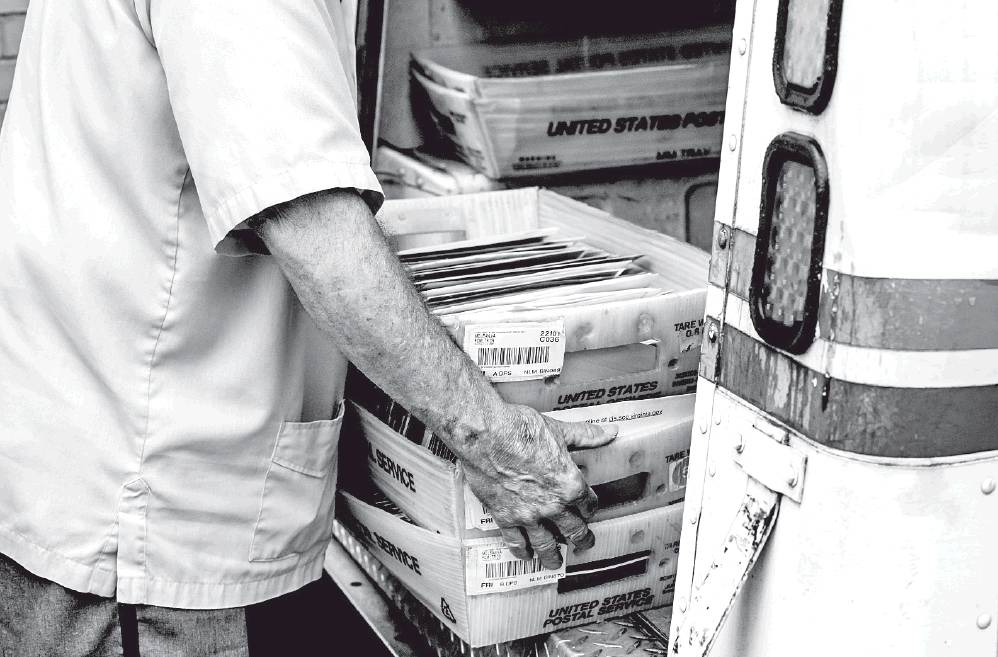
 RSS Feed
RSS Feed